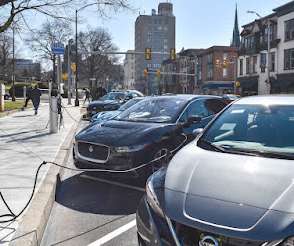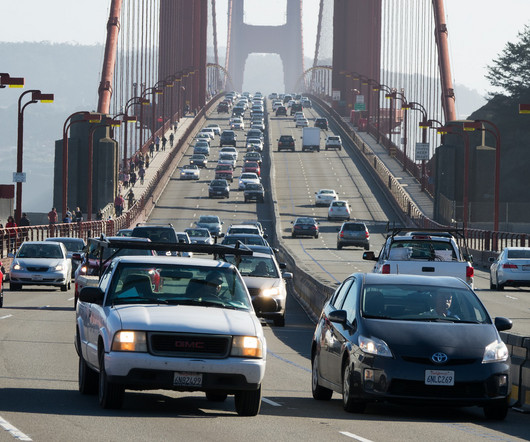DEP Awards $2.9 Million For Clean Diesel Transportation To Improve Air Quality
PA Environment Daily
APRIL 24, 2024
Replacing heavy diesel vehicles with new low- to zero-emissions equipment technology will help mitigate air pollution from transportation sources.” Vehicles produce 47 percent of nitrogen oxides in the air, leading to the formation of ground-level ozone.













Let's personalize your content